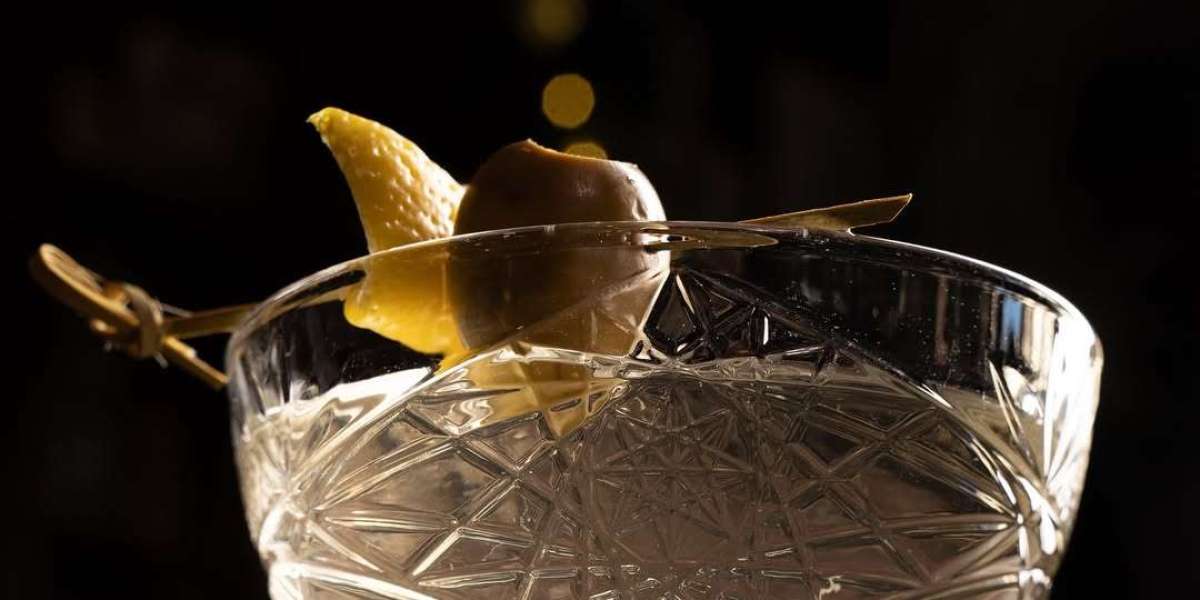White Horse Tavern has been a fixture of New York City’s West Village since 1880. Located at 567 Hudson St, New York, NY 10014, it remains one of the city's most historic drinking establishments. Those searching for old bars near me will find themselves stepping into a space where generations of writers, artists, and thinkers gathered. Its walls hold decades of history, from working-class roots to literary legends who once sat in its booths. The tavern continues to maintain its classic character while welcoming new generations looking for a timeless atmosphere.
A Look Back at the Early Years
When White Horse Tavern first opened in 1880, the neighborhood surrounding it was much different from today. West Village had a strong maritime influence, with the Hudson River’s docks and shipyards providing work for laborers. The tavern became a popular stop for longshoremen looking to unwind after a hard day’s work. With a simple setup, wooden bar, and no-frills attitude, the tavern functioned as a reliable gathering place.
As decades passed, White Horse Tavern maintained its blue-collar roots. Unlike the flashier establishments of Lower Manhattan, it thrived on familiarity, a place where regulars found a seat and a drink without unnecessary extravagance. The bar remained a haven where people could unwind in a welcoming atmosphere.
The Literary Connection
Dylan Thomas and the Tavern’s Legacy
During the mid-20th century, White Horse Tavern evolved into something more than just a working-class bar. It became a gathering place for writers, intellectuals, and free thinkers. Dylan Thomas, one of the most famous poets of his time, frequented the tavern. His presence became so intertwined with the bar’s identity that it is now impossible to mention White Horse Tavern without acknowledging his legacy.
Thomas’s final visit to the bar before his untimely death in 1953 added to its legend. According to accounts, he consumed numerous whiskey shots before falling ill and passing away shortly after. Today, his connection remains deeply ingrained in the tavern’s lore, with framed photographs and memorabilia serving as reminders of the poet’s time there.
Other Literary Figures
Other literary icons, such as Jack Kerouac and James Baldwin, were also drawn to White Horse Tavern. Kerouac, in particular, was known for his unpredictable behavior, leading to a now-famous piece of graffiti scrawled in the bathroom: Jack Go Home. Baldwin, a notable voice in the literary world, found inspiration in spaces like this, where conversations fueled creativity.
A Cultural Gathering Place
Beyond literature, White Horse Tavern played a role in broader cultural movements. The bar attracted activists, artists, and musicians who engaged in political discussions, artistic debates, and creative exchanges. During the 1950s and 1960s, it became a meeting point for individuals involved in civil rights movements, journalism, and underground publishing.
Even as trends shifted and the city changed, the tavern maintained its identity as a space for meaningful conversation and camaraderie. Its traditional layout, long wooden bar, and well-worn seating contributed to a feeling of continuity despite the evolving landscape outside its doors.
A Classic Ambiance
Preserving the Original Design
Walking into White Horse Tavern today, visitors immediately notice the atmosphere that has remained unchanged for generations. Wooden paneling, tin ceilings, and old photographs contribute to a feeling of stepping into another time. The original bar, worn smooth from decades of use, stands as a testament to the thousands of hands that have rested upon it.
Minimal Changes Over the Years
The tavern’s interior has undergone minimal updates, ensuring that it retains the authenticity that regulars have come to expect. Unlike modernized gastropubs that aim to replicate an old-world aesthetic, White Horse Tavern has simply continued being what it always was—a straightforward, comfortable space where patrons can enjoy drinks and conversation.
A Menu That Honors Tradition
Classic Pub Fare
White Horse Tavern has stayed true to its classic roots when it comes to food and drinks. The menu consists of traditional pub fare, offering simple but satisfying meals. Burgers, sandwiches, fish and chips, and shepherd’s pie provide customers with familiar flavors that match the tavern’s no-nonsense approach.
Drink Selection
The drink selection follows a similar philosophy. While craft cocktails and experimental beverages have taken over much of the city’s bar scene, White Horse Tavern sticks to tried-and-true favorites. Classic beers, whiskey, and simple mixed drinks remain the staple choices. A selection of local and imported brews ensures that both longtime customers and new visitors can find something to enjoy.
Modern-Day Appeal
Despite its deep connection to history, White Horse Tavern continues to attract new generations of visitors. It serves as both a local hangout and a destination for those interested in New York’s past. On any given night, the tavern welcomes a diverse crowd, from neighborhood regulars to tourists seeking out a legendary establishment.
Events and Private Gatherings
Events such as poetry readings, live music nights, and private gatherings help keep the space relevant while maintaining its longstanding identity. The tavern also provides options for those looking to book intimate events in a setting that carries historical weight. The ability to host events in such a historically significant setting adds a unique element to any occasion.
Navigating the Changing City
Challenges of Preservation
New York City is known for constant reinvention, with many historic establishments disappearing over the years due to rising rents and changing demographics. White Horse Tavern, however, has managed to hold on. While ownership has changed hands throughout its history, efforts have been made to preserve its legacy.
Balancing Tradition and Financial Sustainability
There have been occasional concerns over how modernization might affect the space, but so far, its core identity remains intact. The challenge of balancing tradition with the need for financial sustainability is one that many historic bars face, but White Horse Tavern continues to find ways to endure.
A Timeless Landmark
White Horse Tavern is more than just a bar. It is a living reminder of the city’s past, a place where stories have been shared for well over a century. From its early days serving dockworkers to its status as a haven for literary greats, it remains deeply woven into the fabric of New York’s history.
For those searching for old bars near me or hoping to step into a space that carries the echoes of past generations, White Horse Tavern offers an unmatched opportunity. It stands not as a recreation of history, but as a piece of it—unchanged, unpretentious, and full of character.
While the city outside continues to evolve, the tavern’s barstools remain occupied, its pints continue to be poured, and its legacy continues to grow with each passing year. The White Horse Tavern is a rare place where the past and present converge, offering a glimpse into a time when conversations lasted hours, and a bar was more than just a place to drink—it was a space where ideas flourished and history was made.
<iframe src="https://www.google.com/maps/embed?pb=!1m18!1m12!1m3!1d96742.29355845564!2d-74.15862730273439!3d40.7356977!2m3!1f0!2f0!3f0!3m2!1i1024!2i768!4f13.1!3m3!1m2!1s0x89c25994d12cf019%3A0x2593818b0704cee7!2sWhite%20Horse%20Tavern!5e0!3m2!1sen!2sus!4v1737021267208!5m2!1sen!2sus" width="600" height="450" style="border:0;" allowfullscreen="" loading="lazy" referrerpolicy="no-referrer-when-downgrade"></iframe>







